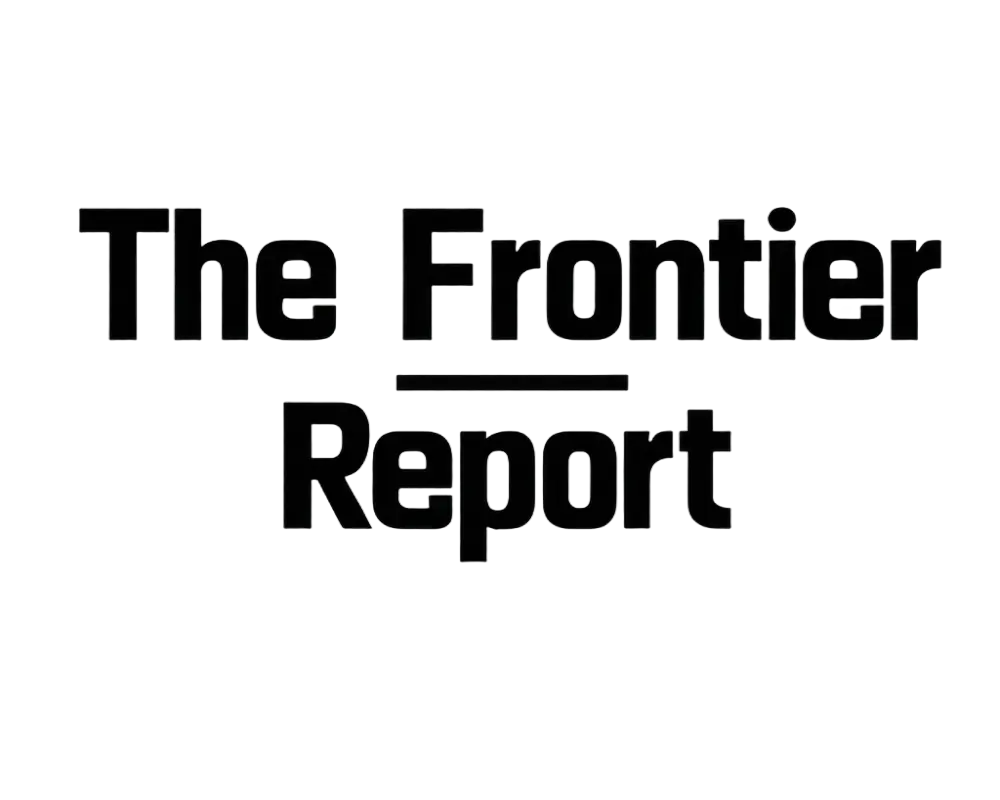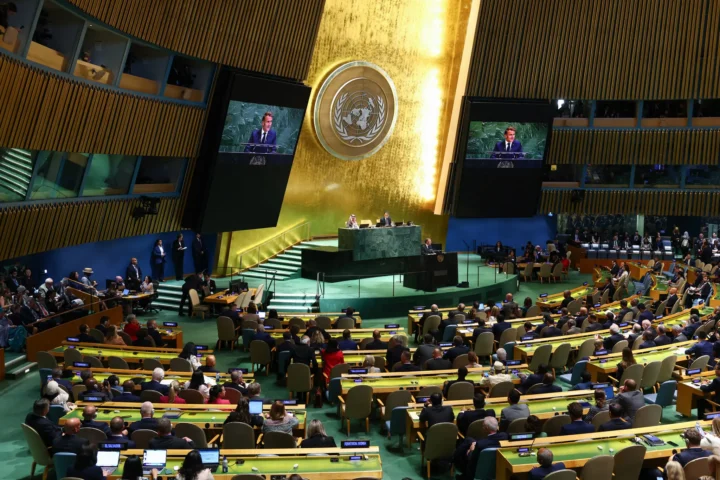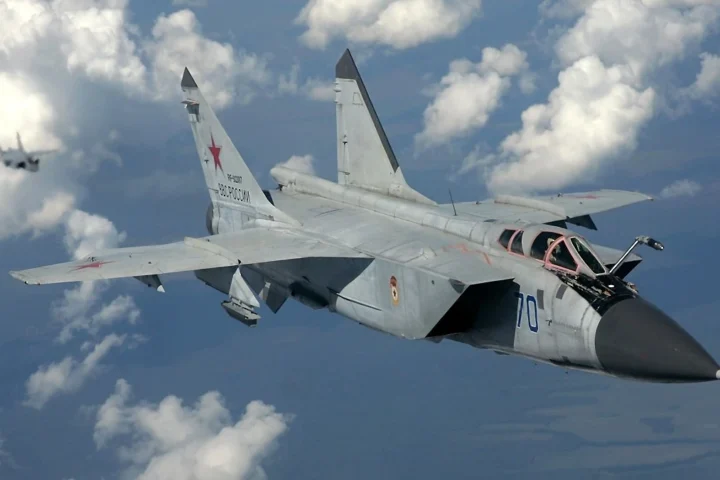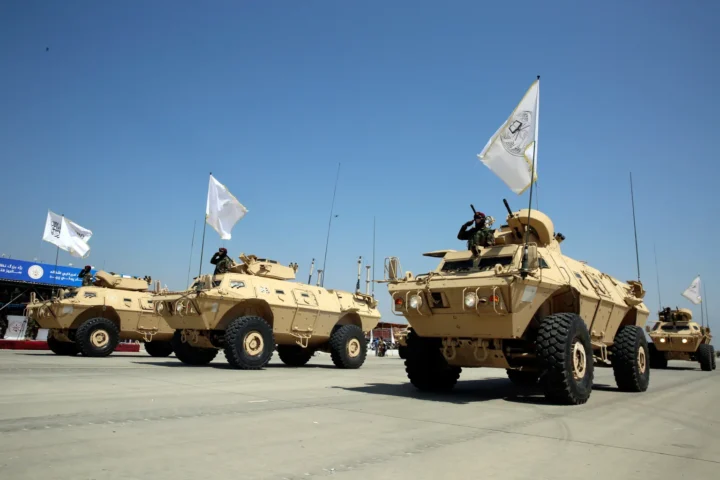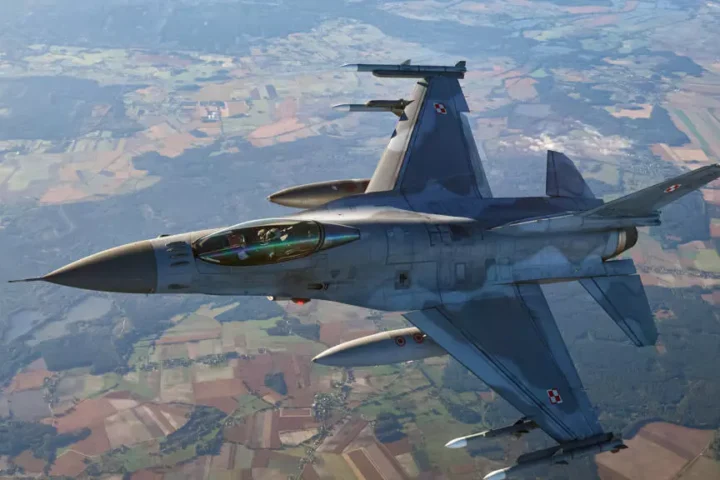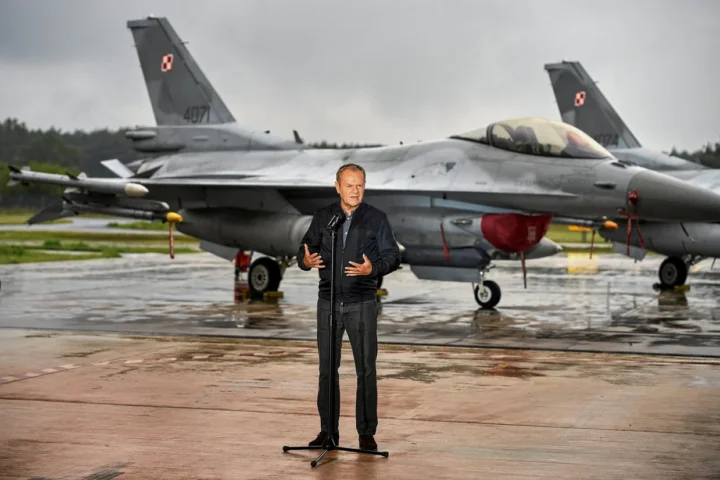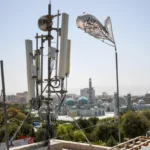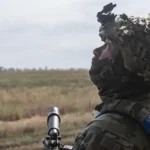Sudan’s brutal war is now in its second year—and it’s slipped from the news. But the fight hasn’t stopped. It’s moved west, into Darfur, where the damage is getting worse every day. In the city of al-Fashir—the last big stronghold held by Sudan’s army—people are starving, fleeing, or dying. The rest of the world? Barely paying attention.
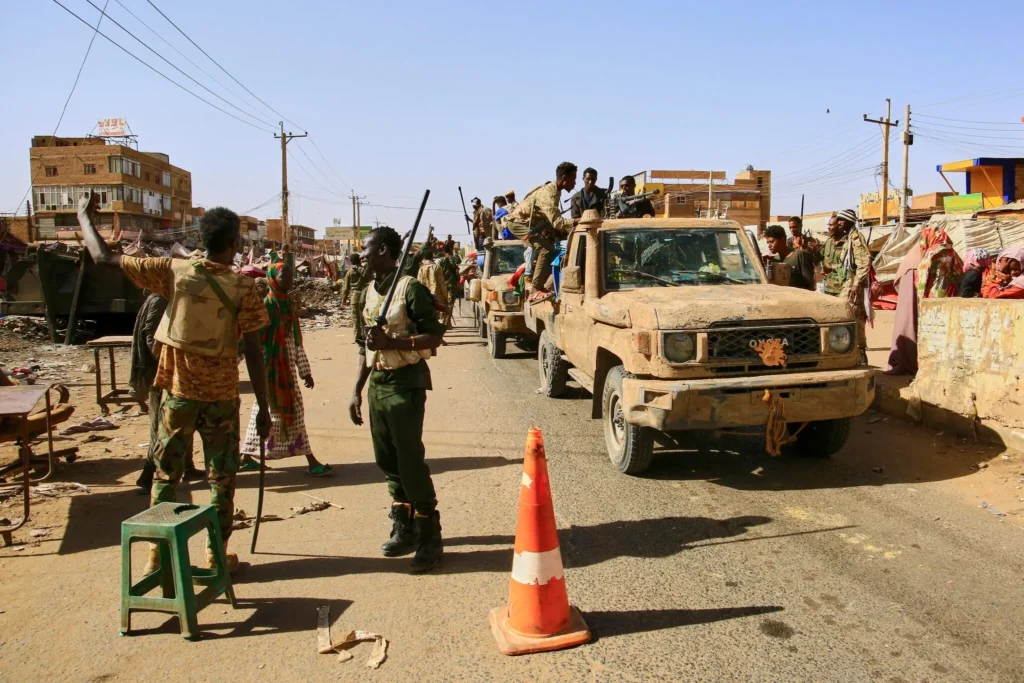
A War That’s Disappearing from View
The paramilitary Rapid Support Forces (RSF), once part of Sudan’s own security team, have surrounded al-Fashir for months. People there say hospitals have been bombed, the power’s gone, bakeries are shut, and food is too expensive. Some families are eating hay just to stay alive.
Reuters says fresh graves are popping up all over town. Many are dying from hunger, disease, and violence. Food convoys can’t get in—bombs are falling, roads are blocked, and RSF checkpoints stop everything.
“Bad Things Happen in Darkness”
Locals use this line—and so do journalists—to describe the nightmare in Darfur. With reporters and aid groups banned or blocked, no one sees what’s really happening.
While the world watches Khartoum and the east, western Sudan has turned into a hellscape—especially for the non-Arab Masalit. In places like Geneina, Misterei, and Tawila, RSF troops and allied Arab militias are accused of ethnic cleansing: mass killings, rape, and disappearances.
Watchdog groups say more than 10,000 people have died in West Darfur. In Geneina, 80% of residents have run. Some bodies lie in the street. Others get dumped in mass graves.
A Humanitarian Collapse
Right now, 25 million Sudanese people need urgent help—food, medicine, or shelter. At least 12.3 million have fled their homes. More than 3.5 million crossed into Chad, Egypt, and South Sudan.
In camps like Zamzam and Tawila, families sleep under straw and metal scraps. Clean water is rare. Diseases like cholera and measles are spreading fast. UN data shows over 70% of health clinics in Darfur and Kordofan don’t work anymore.
Tawila alone has nearly 500,000 displaced people. Aid’s been cut off for weeks. Some parents say their kids are dying of hunger while the world argues about what to do.
One Country, Two Governments
Sudan is now split between two powers. The army, led by General Abdel Fattah al-Burhan, still holds parts of the north and east. The RSF, under Mohamed “Hemedti” Dagalo, controls much of Darfur and southern Kordofan.
In July, the RSF said it’s forming a new government—based in Nairobi, with its own president and constitution. Reuters says this could break Sudan in two, like what happened with South Sudan in 2011 or Libya’s long split.
A Horrible Echo from the Past
To many, this looks just like what happened in the early 2000s, when government-backed Arab militias killed over 300,000 people in Darfur, mostly non-Arabs. Now, those same militias—now called the RSF—are doing it again.
Experts say the RSF is using the same methods: rape, hunger, and terror, especially in areas with large Masalit and Black African communities.
The World’s Weak Response
Even with all the signs of mass killings and famine, the world has done very little. UN groups don’t have enough money. African and Arab leaders have stayed quiet. The West is busy with Ukraine and China.
Sudanese civilians and aid groups are begging for help. They want safe routes for aid and real pressure on both sides to stop attacking civilians.
“The war’s not just about land anymore—it’s about staying alive,” one aid worker told Reuters. “In al-Fashir, time is running out.”
Conclusion
Sudan’s war has entered a darker, deadlier phase. It’s not making headlines—but the killings haven’t stopped. Darfur is bleeding again, and the world’s silence is deadly.
“Bad things happen in darkness,” said one refugee. And unless the world pays attention, more people will vanish without a trace.

